Tips for Spray Painting Furniture
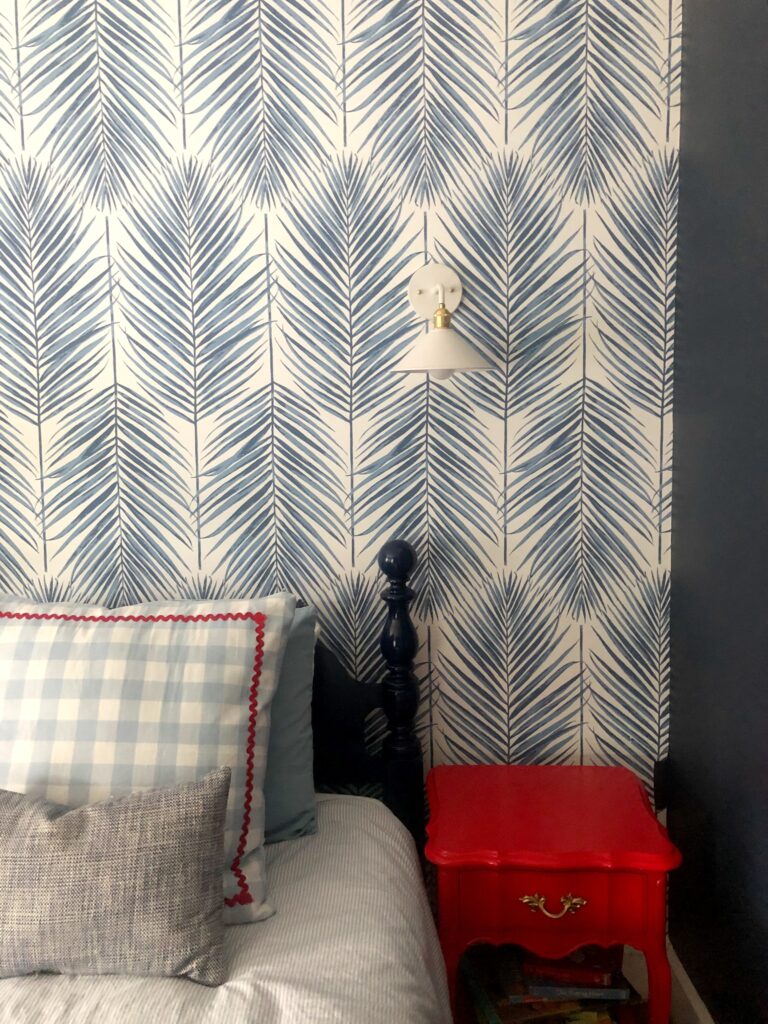
I’ve gathered many tips for spray painting furniture over the (lots of) year I’ve been rehabbing old stuff. It started with lacquering a black chest I found at the dump with spray paint. I then made over patio chairs, and after that I stopped keeping track of everything I’ve spray painted. I just know I’ve done beds, nightstansds, end tables, dining chairs, dressers … basically any piece of furniture you can apply spray paint to.
While spray painting furniture is one of the easiest DIYs you can tackle, it’s not without its nuances. If you spray too slowly, you risk dripping, for example. And if you spray when it’s too cold, you paint won’t stick.
Overall, it’s worth learning these furniture painting tips and tricks, because when furniture is worn out or doesn’t match your style, a fresh coat of paint is the ideal solution. It will restore the piece to its original condition, and you can easily fit it to your aesthetic.
If you are new to spray painting, this post will share some useful tips and tricks for spray painting furniture. Once you go through them, you will know how to spray paint your pieces for a professional finish.
Tips for spray painting furniture- an overview
All of my in-depth tips below can be summed up in a few key points:
- Always clean the piece, and sand or de-glaze.
- Spray paint in the right weather
- Spray paint outside.
- Spray thin, even coats.
- Wait 48 hour before using the piece.
Here’s more detail on each tip.
Always prep furniture for spray paint

Before you even get to the painting process, you must prepare your furniture. Dust and dirt will make it difficult for paint to grip, so it is time to give your furniture a good cleaning.
Use soapy water to clean the furniture and remove any dirt, leaving a smooth surface for painting. If the furniture has a detailed surface with nooks and crannies, make sure to clean them thoroughly with a brush.
When the furniture is completely dry, you can sand it. This will remove any imperfections and provide an even surface.
You will sand the furniture manually or use a handheld sander. This step will also eliminate minor damage. After = sanding, make sure to remove the dust. Use a vacuum cleaner or a tack cloth for this purpose, and then wipe with a microfiber cloth to remove any dust left on the surface.
If the piece is in good condition, I’ve also skipped the sander and used a de-glazer like liquid sandpaper instead. This just takes of any glossiness that’ll prevent the paint from sticking, and will not fix and chips or damage, though.
If the furniture is damaged, it might need repairing. For any larger dents and scratches, you can apply a wood filler. Make sure everything is dry before you sand it.
Finally, proceed to prime. A primer will ensure an even and durable finish. However, some spray paints might have a 2-in-1 formula that gathers paint and primer. They are an excellent choice if you wish to save time and skip the primer.
Know the best temperature to spray paint

I know you’re excited to start your painting project as soon as possible. However, make sure it’s the right temperature to spray paint outside before you start. Ideal temperatures for spray painting are between 50-90 degrees F. However, I find that where I live in CT, when it’s 90 degrees outside it’s usually too humid to spray paint, so I tend to paint furniture it’s below 80-82 degrees out, and shoot for a day when humidity isn’t too high.
Check the manufacturer’s instructions to check how the weather elements affect your paint. Most spray paint brands indicate that you should avoid painting when it’s either too hot or too cold.
Spray painting will release a fine mist, so wind can also affect your spray painting results, so wait for a day when wind won’t carry half your paint across your backyard before it hits your furniture.
Prep the spray paint can
Prepping the can is as important as prepping the piece itself. Generally, shaking it for a minute works. If you’re planning to paint in cold temperatures, you can also place the can in warm water for a few minutes before using it.
Overlap spray paint lines
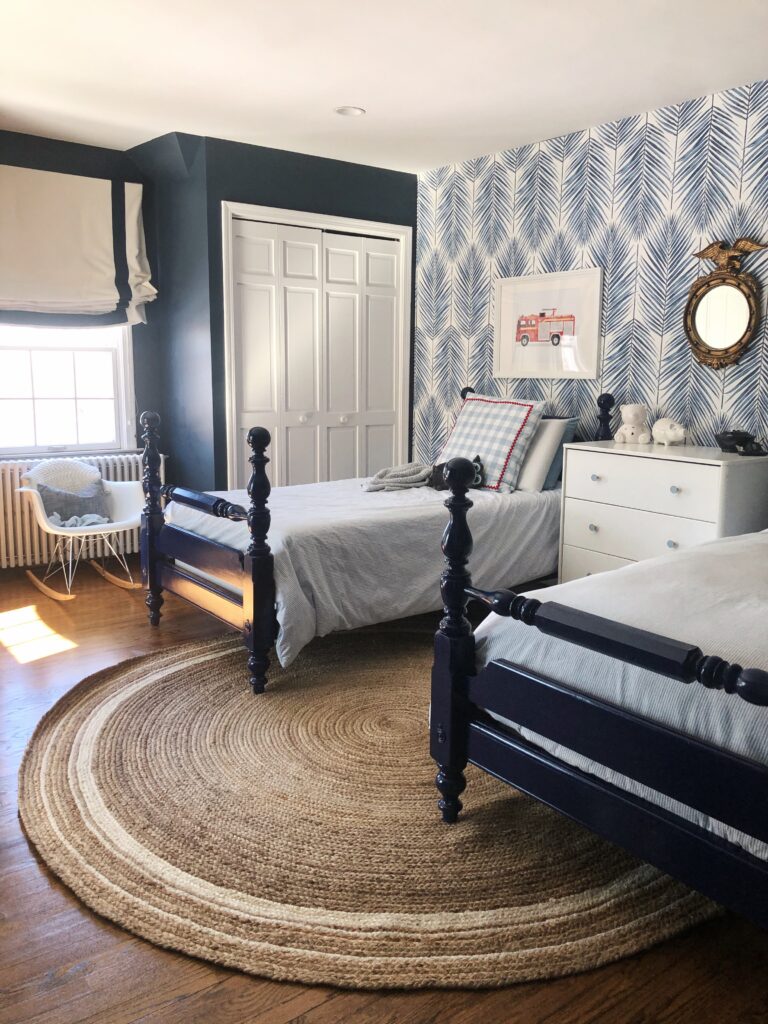
One of the most important tips for spray painting furniture? Make sure to overlap each line when you spray, which will give your paint color an even, smooth appearance.
If you are a beginner in spray painting, it’s also important to understand the right spray paint technique. To avoid a splotchy finish, start your spray stream before you reach the surface of the furniture. Also, release the nozzle away from the piece. If you start and stop the nozzle on the furniture surface, this will create harsh lines and circle-shaped splotches.
Don’t hold the can too close to the furniture
The proximity of the can to the furniture is an important factor. A one-foot distance between the can and the surface is enough for the nozzle to release an optimal amount of paint. Holding the can too close to the furniture can create an uneven layer. Also, shake the can once in a while to mix the paint.
Spray in a steady stroke going from side to side, but don’t spray continuously. Apply a light coat and wait for it to dry completely before proceeding with a second one. In the case of drips, make sure to wipe them away instantly. These will dry out, creating a bumpy surface. If the drops dry, you should remove and sand them before proceeding.
When spray painting, it is likely you will have missed spots. It happens to even the best of us. Nevertheless, you don’t need to cover them instantly, as you can do this with the next coat.
Protect yourself while spray painting
Since spray paint contains toxic chemicals and can get messy, you’ll want to take precautions.
Always make sure to spray paint in a well-ventilated area. The fine mist will quickly spread, so make sure to wear protective gear like a respirator and safety glasses.
To protect the area around the spray paint, lay a plastic sheet or a cloth to make sure it stays protected from paint. I also recommend wearing old clothes in case the spray gets on you.
How do I get a smooth finish with spray paint
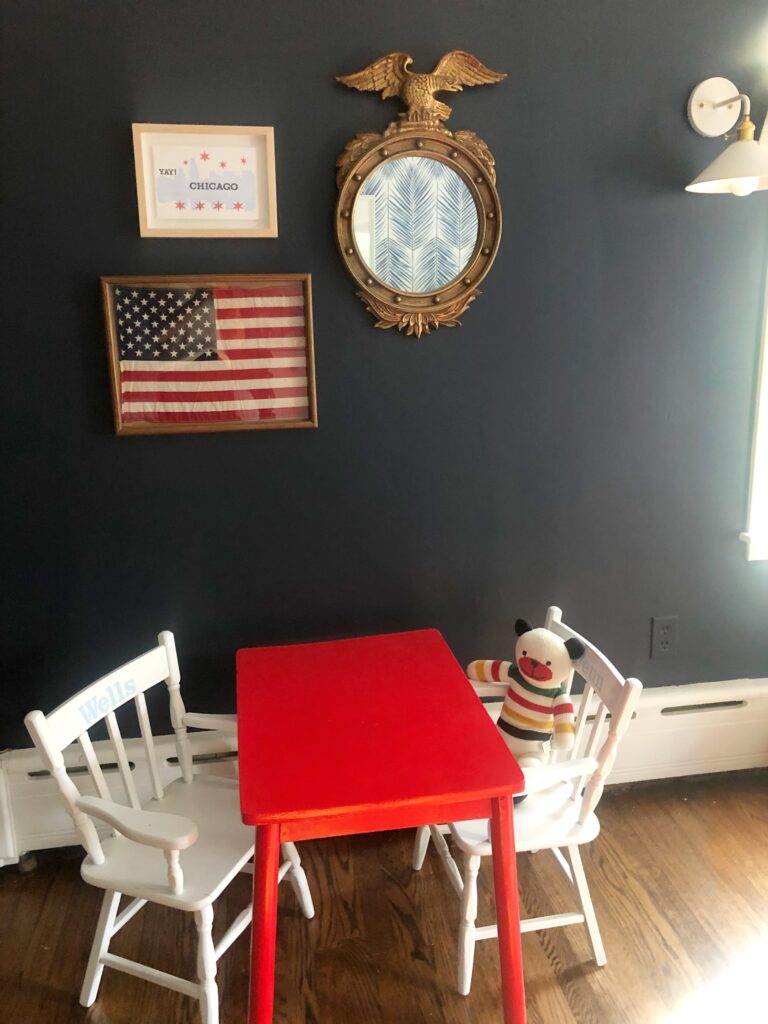
Spray painting is a quick and easy way to paint your furniture. Regardless, obtaining a perfect factory finish can be challenging. There are a few things to know if you want to achieve a smooth finish with spray paint.
Spray horizontally
Always spray in a back-and-forth motion. Spraying vertically will create paint drips, which make an uneven surface when dried. And you will need to waste time sanding them out and covering them again.
Set a new plastic sheet
When flipping your freshly painted furniture on the other side, place it on a clean surface. The paint residue on the plastic sheet or cloth might not have dried thoroughly and will stick to the fresh paint coat. To prevent this from creating an uneven finish, you must switch to a new plastic sheet.
Spray light coats
When spray painting, it is always better to go for two or three (or more) lighter coats than one thicker one. A thick coat might start to crack. Also, the paint will start dripping when applied thickly.
Spray paint dries within minutes, so you won’t have to wait long between coats. If you notice any bumps or drips, it’s best to tackle them immediately. Try wiping the drop with a cheesecloth. When it dries, sand the surface and spray the area again. This trick helps create a smooth factory finish for your furniture.
However, ensure the previous coat is thoroughly dried before you proceed with the second one. Otherwise, the paint buildup will create an uneven layer.
Clean the spray paint nozzle
Even if you do the strokes properly, you can still end up with an unevenly painted surface if you fail to clean the can. The paint buildup on the nozzle can disrupt the flow, which results in splattering. Clean the nozzle often to ensure an even mist.
Do I need to seal spray-painted furniture?
No, you don’t have to seal spray-painted furniture. The paint should dry to a hardened finish.
However, you can still seal the paint with a spray sealant if you think it needs extra protection. Usually, this is done with pieces that get frequent wear and tear. The sealant will prevent scratches and damage and might make cleaning easier for you. Sealer is also a good idea if you want to achieve a different finish than the one the paint offers.

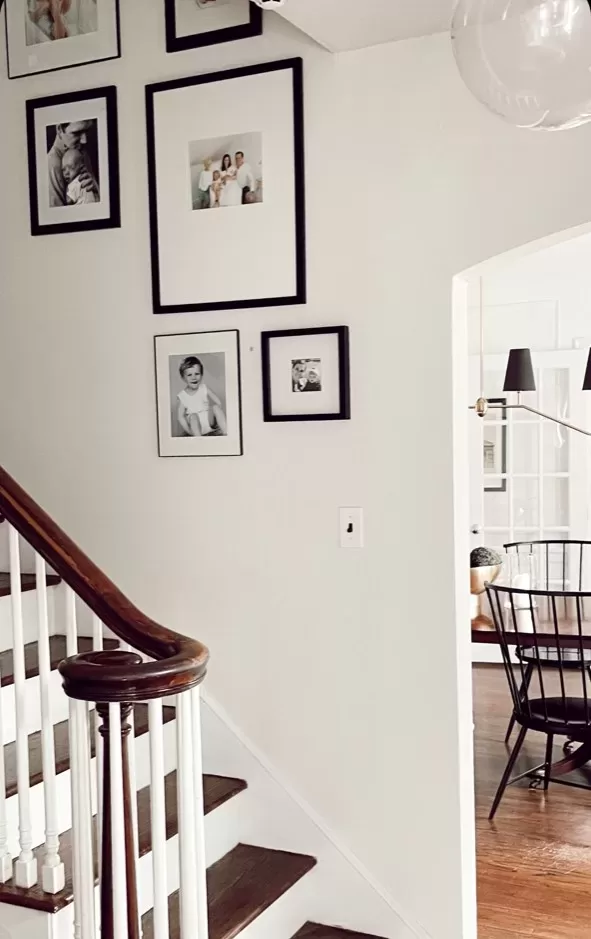

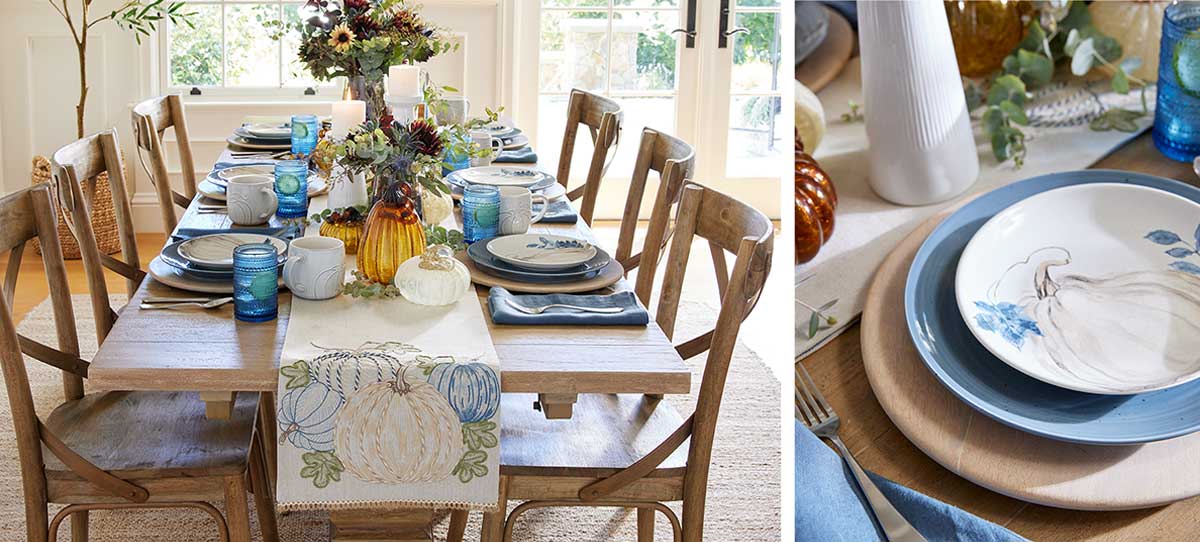

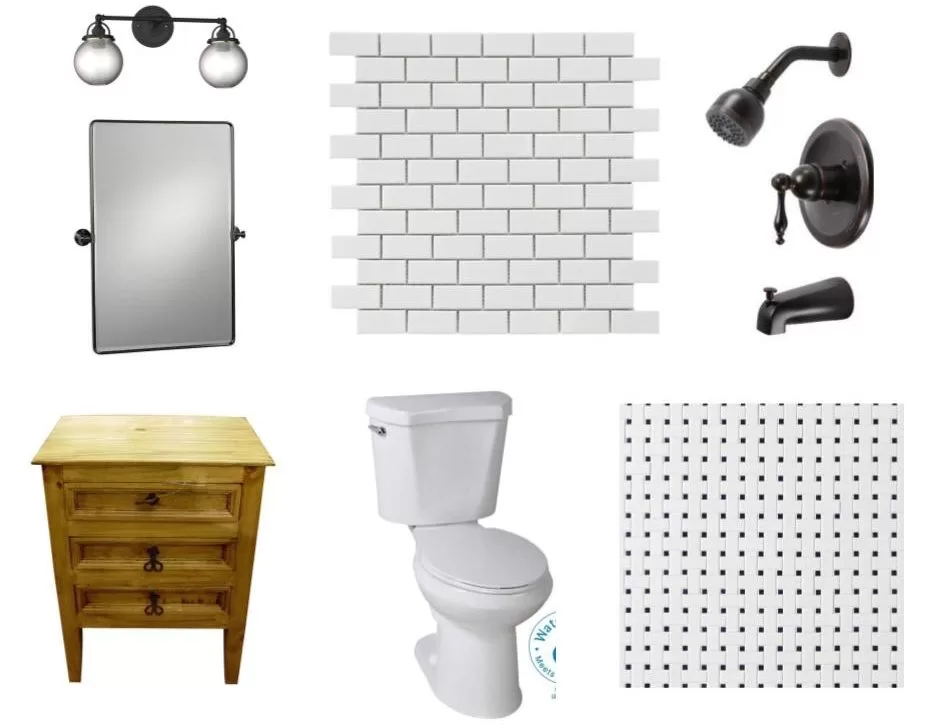
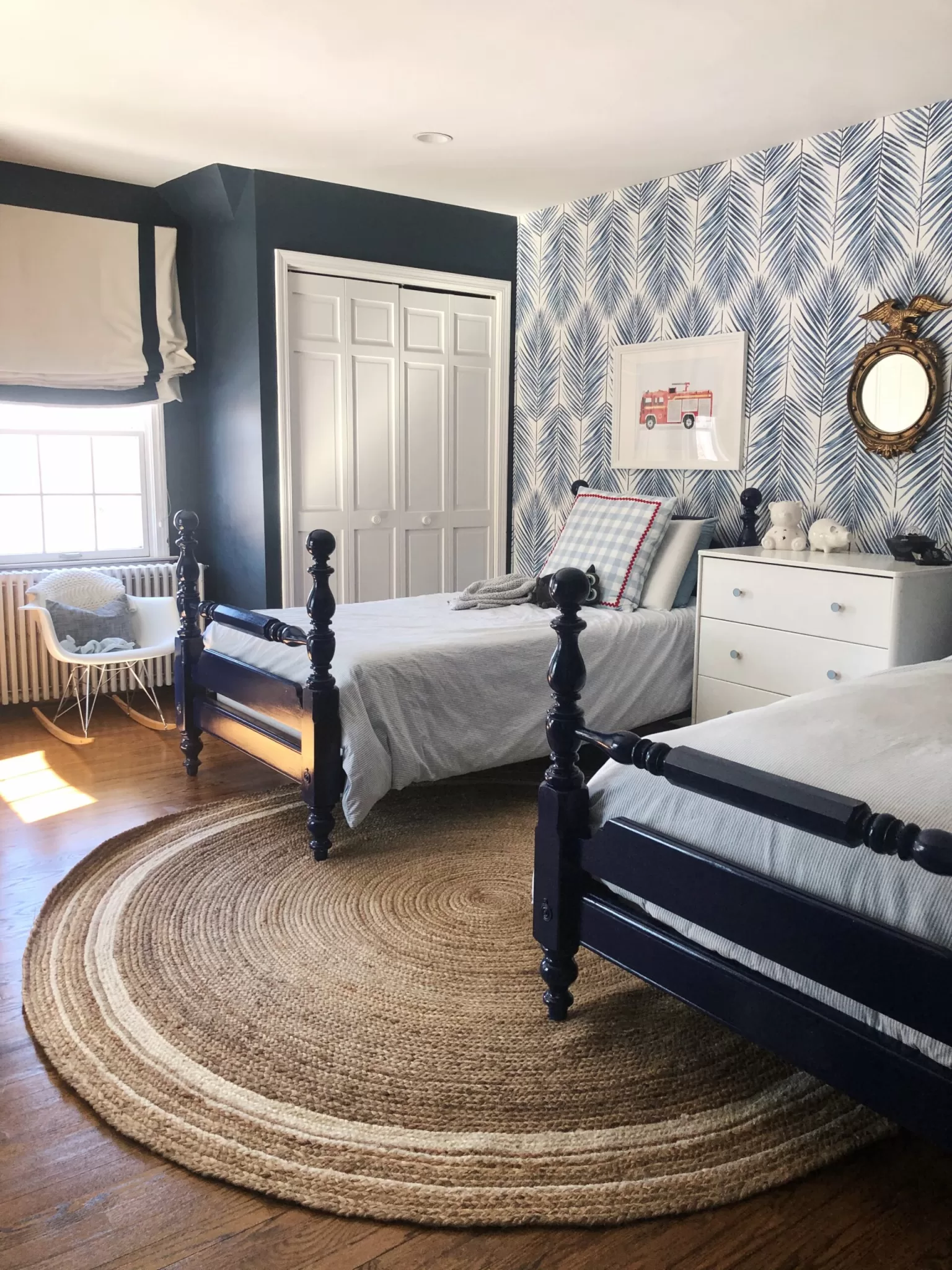
One Comment